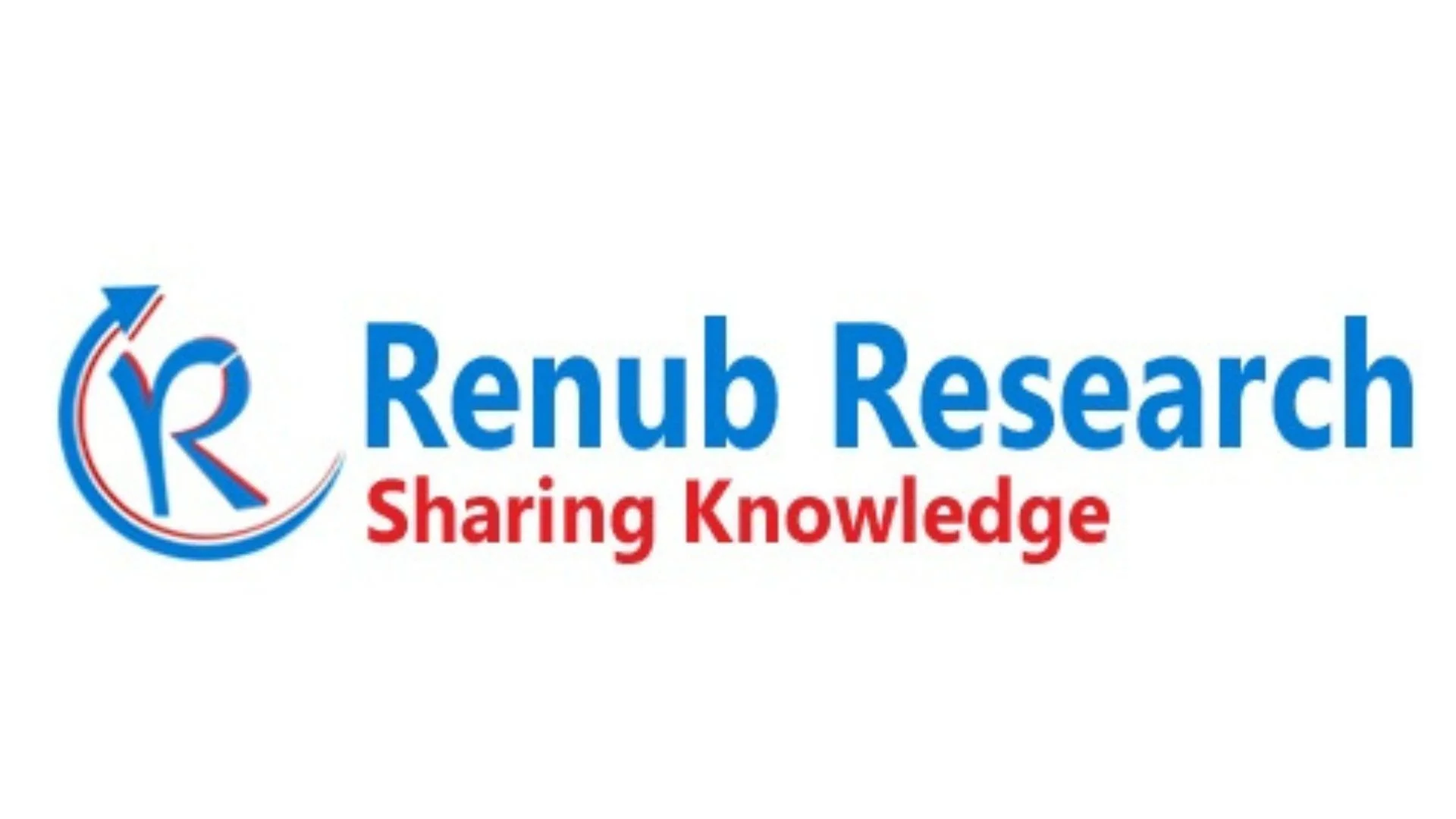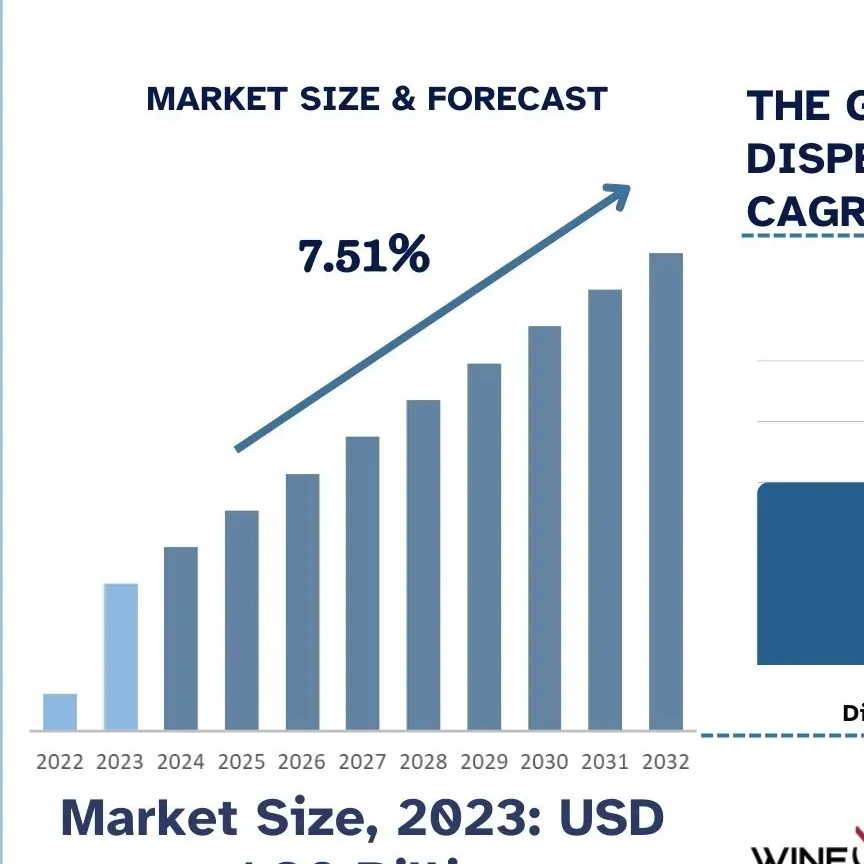North America Heart Pump Device Market Overview
The North America Heart Pump Device Market is projected to grow from US$ 2.92 billion in 2024 to US$ 8.1 billion by 2033, reflecting a Compound Annual Growth Rate (CAGR) of 12% between 2025 and 2033. Growth is driven by advancements in medical technology, the rising prevalence of heart diseases, and an aging population, all of which are boosting the demand for advanced heart pump solutions across the region.
Full Access Report:https://www.renub.com/north-america-heart-pump-device-market-p.php
Market Outlook
A heart pump device is a mechanical system designed to support or replace the pumping function of a failing heart. In North America, devices like left ventricular assist devices (LVADs) and total artificial hearts (TAHs) are primarily used to enhance blood circulation, sustain life in patients awaiting transplants, or provide therapy when surgery is not an option.
These devices relieve heart failure symptoms—such as fatigue, shortness of breath, and fluid retention—improving patients’ quality of life. They are also employed in critical care scenarios, including high-risk surgeries and post-heart attack recovery. Rising heart disease incidence, technological improvements, and expanding clinical applications are driving market demand.
Growth Drivers
Rising Prevalence of Cardiovascular Diseases
The market is fueled by high rates of cardiovascular conditions such as heart failure, coronary artery disease, and arrhythmias. In 2023, 919,032 deaths in the U.S. were attributed to cardiovascular disease—approximately 1 in 3 deaths. Aging populations further drive demand, as seniors are at higher risk for heart failure. Lifestyle factors like obesity, diabetes, and hypertension compound these risks. In Canada, the population aged 65 and above is projected to grow from 18.5% in 2021 to between 21.6% and 29.8% by 2068, further expanding the potential patient base.
Technological Innovations
Heart pump technologies are evolving rapidly. Innovations include miniaturization, improved biocompatibility, and reduced complication rates. Developments like fully implantable VADs, percutaneous pumps, remote monitoring, wireless energy transfer, and longer battery life are improving patient outcomes.
For instance, in December 2024, Johnson & Johnson MedTech reported FDA approval for the Impella 5.5 and Impella CP with SmartAssist for use in pediatric patients with acute heart failure or cardiogenic shock, expanding the market’s scope to younger demographics.
Supportive Reimbursement and Healthcare Infrastructure
Robust healthcare systems in North America and favorable reimbursement policies encourage adoption. U.S. programs like Medicare, Medicaid, and private insurance support advanced cardiovascular interventions. Canada’s single-payer system ensures equitable access. Specialized hospitals, cardiac centers, and physician training further enhance device adoption and procedural success.
Market Challenges
High Costs of Devices and Surgery
Heart pump devices remain expensive, with LVADs costing tens of thousands of dollars, excluding hospitalization and follow-up care. While insurance mitigates some costs, out-of-pocket expenses can still restrict adoption, particularly for low-income patients. Hospitals also face significant procurement and maintenance costs.
Device-Related Risks
Despite technological improvements, risks such as thrombosis, stroke, bleeding, and infection persist. Long-term device dependence may require replacements, increasing health and financial burdens. Strict patient monitoring and adherence to treatment regimens can limit widespread use, particularly for moderate heart failure cases.
👉 Want to explore detailed market trends, segment insights, and forecasts? 🔗 Request Sample Report:https://www.renub.com/request-sample-page.php?gturl=north-america-heart-pump-device-market-p.php
Market Segments
Ventricular Assist Devices (VADs)
The VAD segment is growing due to increasing end-stage heart failure cases. These devices are used as bridges to transplant, destination therapy, or bridge to recovery, providing life-critical support. Fully implantable and miniaturized VADs with higher durability are driving adoption in U.S. and Canadian hospitals. However, high costs and complication risks continue to challenge uptake.
Intra-Aortic Balloon Pumps (IABPs)
IABPs stabilize patients with acute myocardial infarction or cardiogenic shock. Less invasive than other heart pumps, they are widely used in emergency and critical care settings in North America. Despite competition from newer percutaneous and short-term circulatory support devices, IABPs remain relevant due to their affordability and simplicity.
Implanted Heart Pump Devices
Implantable devices, especially implantable VADs, provide long-term circulatory support for patients unsuitable for transplant. Innovations like smaller device sizes, wireless charging, and enhanced biocompatibility improve patient outcomes. The U.S. leads adoption due to transplant demand and higher reimbursement, while Canada demonstrates slower but steady uptake.
Market by End User
Hospitals
Hospitals are the primary adoption point for heart pump devices, offering specialized cardiovascular treatment, intensive care units, and skilled surgeons. U.S. hospitals leverage reimbursement and tertiary care resources, while Canadian hospitals rely on public funding to support procedures. Investments in cardiac facilities and partnerships with device manufacturers enhance market penetration.
Cardiac Centers
Specialized cardiac centers handle complex cases and offer highly individualized care, reduced recovery times, and access to investigational devices via clinical trials. The U.S. has a strong network of private and academic cardiac centers, while Canada is developing its specialized centers under public healthcare support. The role of cardiac centers in market growth is expected to expand.
Regional Insights
United States
The U.S. dominates the North American heart pump device market due to advanced healthcare infrastructure, extensive healthcare spending, and a high patient population with cardiovascular disease. Ongoing FDA approvals, clinical trials, and presence of leading medical device companies enhance adoption. For example, January 2025, University of Michigan surgeons implanted a novel mechanical heart pump in a clinical trial to evaluate efficacy against current therapies for end-stage heart failure.
Canada
Canada’s heart pump device market grows steadily, supported by universal healthcare. Rising heart failure prevalence driven by aging and comorbidities increases demand for devices like VADs and IABPs. Adoption lags slightly behind the U.S. due to funding mechanisms, but government-supported hospitals and cardiac centers provide broad access. In August 2024, Abbott received FDA approval for a label update to the HeartMate 3 LVAD, reflecting clinical practice improvements in Canada as well.
Market Segmentation Overview
Product:
- Ventricular Assist Devices (VADs)
- Intra-Aortic Balloon Pumps (IABPs)
- Extracorporeal Membrane Oxygenation (ECMO)
- Total Artificial Hearts (TAHs)
Type:
- Implanted Heart Pump Device
- Extracorporeal Heart Pump Device
End Use:
- Hospitals
- Cardiac Centers
- Research Institutes
Regions Covered:
- North America
- United States
- Canada
Competitive Landscape
The market features a mix of global medical device leaders, including:
- Abbott Inc.
- Getinge AB
- Teleflex Incorporated
- Fresenius SE & Co. KGaA
- LivaNova PLC
- CorWave SA
- JARVIK HEART, INC.
- ABIOMED
Companies are evaluated across overview, key personnel, recent developments, SWOT analysis, revenue, and key players analysis, highlighting innovation and clinical adoption as critical drivers.
👉 For deeper analysis, detailed segment data, and company insights: 🔗 Request Customization Report:https://www.renub.com/request-customization-page.php?gturl=north-america-heart-pump-device-market-p.php
Conclusion
The North America Heart Pump Device Market is poised for robust growth, supported by increasing cardiovascular disease prevalence, technological innovation, and strong healthcare infrastructure. While cost and device-related risks remain challenges, continued advancement in miniaturization, biocompatibility, and smart monitoring will drive clinical adoption. Hospitals and specialized cardiac centers remain central to market expansion, ensuring that heart pump devices increasingly enhance patient survival and quality of life in advanced heart failure cases.
Note: If you need details, data, or insights not covered in this report, we are glad to assist. Through our customization service, we will collect and deliver the information you require, tailored to your specific needs. Share your requirements with us, and we will update the report to align with your expectations.







